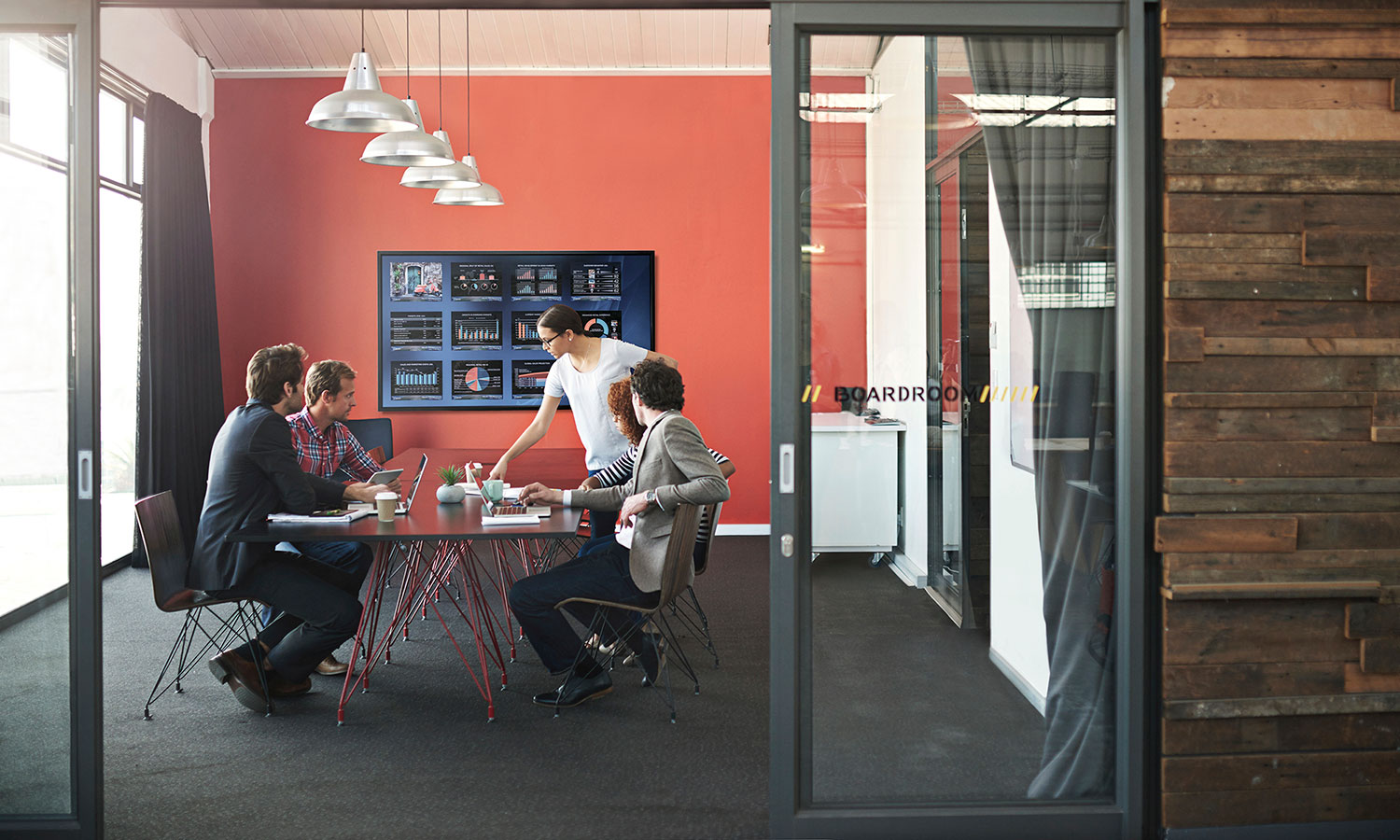Today’s workforce includes a variety of generational factions, from Baby Boomers, Gen Xers (like me!), and Millennials, all the way to those from the most recent cohort, dubbed “Gen Z.” On top of that, this particular 50+-year span encompasses a time characterized by unprecedented change in the workplace. Put it all together and it’s easy to see the enormous challenge CIOs now face: They must find solutions that satisfy not only different age groups, but also vastly different skill sets, experiences, and preferences.
Post contributed by Matt Proctor
I have been doing a lot of thinking about collaboration technology and work styles and how their evolution has been influenced by the multiple generations in today's workforce. While technology is always influenced by culture, it’s extra pronounced with collaboration technology, because it closely mirrors the way we have learned to communicate.
It is estimated that "millennials"—loosely defined as individuals born after 1984—will make up 75 percent of the U.S. workforce by 2025. This digitally literate group is umbilically attached to its social networks and accustomed to real-time everything. Millennials don't know a world without cell phones or life before the Internet, and they expect this technology to surround them wherever they go. Employers are being forced to rethink and refresh their workplaces in order to recruit and retain this rising generation.
.jpg)
